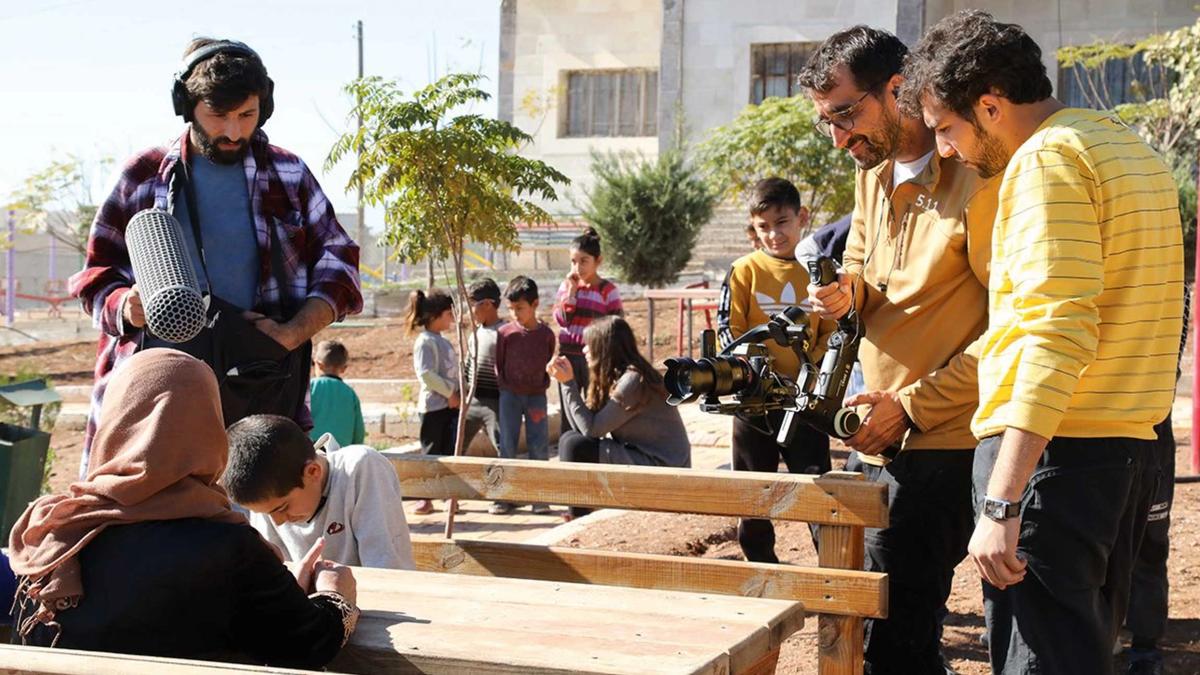If a poll was taken for the term that best defines the art of the past decade, “socially engaged” would likely come out on top. Artists today are more concerned (at least ostensibly) about their work being defined by its impact within communities and capacity to effect social change than creating objects or environments for white cubes. The critical marker of what is good art has shifted accordingly—a work is increasingly judged for its external effect and ability to exist outside of itself, as much as its presence.
The evidence is everywhere, from successive Turner Prize wins for artists and collectives whose practice is better understood by a commitment to human interactions than to specific aesthetics, to biennials and festivals hoping to be measured by their community impact (see the 15th editions of Manifesta and Documenta).
A small part of this cultural shift can be credited to the organisation Afield, which for the past ten years has provided funding to artists and other cultural practitioners with socially engaged practices. Afield was founded by Sandra Terdjman and is mainly funded by the Akat endowment fund. It gives €10,000 to recipients who demonstrate how artists can be at the forefront of social change, the first of whom was Zanele Muholi, for their activist photographic documentation of South Africa’s queer communities. Muholi is now one of the most prominent contemporary photographers (with a current solo show at Tate Modern). Recently the fellowship was awarded to Louis Oké-Agbo, who is creating a cultural school for disabled people in Benin. Afield’s network of fellows now numbers more than 100.
"Artist-led initiatives—those that play a significant role in the social and cultural fabric of their countries—have increased and become more visible, from the US to Ghana," Terdjman says.
"When governments are inexistent or lack vision, when freedom of expression is under threat, and economic inequality is more violent than ever, the art community steps up," she continues. "In recent years, some artists with a successful presence in the art market have decided to allocate their resources to create these initiatives for their community. With the pandemic and the multiplication of natural catastrophes (for example ,the recent earthquakes in Turkey and Morocco, or the floods in Pakistan), we have seen many initiatives by artists, architects, and designers focusing on relief projects. Unfortunately, the number of social initiatives led by artists may be rising at the same pace as the world's crises."
A decade on, Afield’s founders have decided to scale up, and last month held the first Afield Forum in Brussels. Across several sites, including the Kanal-Centre Pompidou, crowds gathered to listen to talks on a range of subjects, including how artists are upholding democracy, uncovering histories of Palestine and leading in renewable urban design.
The difficulty in defining exactly what falls into the category of socially engaged practice speaks to art’s greatest strength: its adaptability. Afield and its fellows remind us that this alchemical ability to renew itself should benefit not just markets and museums but people too.


